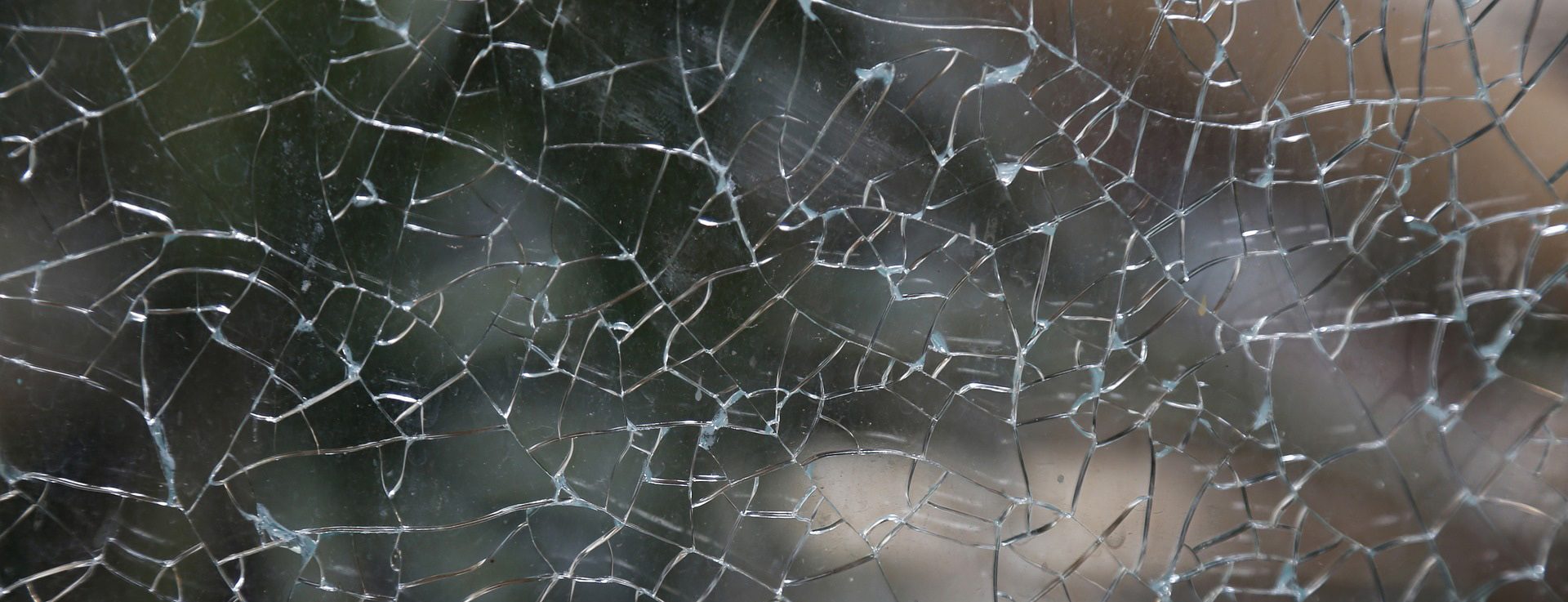Sign up for the daily CJR newsletter.
The media—and especially nonprofit media—often struggles to measure the impact of its work, wondering whether it’s worth it at all. Some outlets say they are compelled to do so by philanthropic supporters; others see impact as foundational to audience engagement; and still others are experimenting with the role of impact measurement in advertising and other revenue streams. Regardless, at its core, journalism is intended to have an effect: to inform the public in order to enable civic engagement and hold the powerful to account.
But what does it mean for a journalistic organization to make impact its mission? In a new report for the Tow Center for Digital Journalism, Fergus Pitt and I explore this question through the case of the International Consortium of Investigative Journalists (ICIJ) and its explosive project, “Evicted and Abandoned,” a collaborative reporting project in which more than 50 reporters and 15 organizations in 21 countries took on the World Bank.
“Evicted and Abandoned” found that, over the last decade, projects funded by the World Bank have physically or economically displaced an estimated 3.4 million people; that the World Bank and the International Finance Corporation have financed governments and companies accused of human rights violations; and that, from 2009 to 2013, World Bank Group lenders invested $50 billion in projects with “irreversible or unprecedented” social or environmental impacts.
ICYMI: One question that turns courageous journalists into cowards
On the surface, ICIJ’s model for achieving impact seems obvious: partner with as many reporters and organizations as possible across the globe to conduct in-depth investigations and distribute them globally to reach the largest possible audience. But the elegance of its approach obscures the complexity required to scaffold these projects, and how different its strategy is from traditional thinking about impact.
Most investigative reporting sticks to one gold standard for impact: structural changes that happen at the level of institutions. This theory of impact assumes that either power holders are unaware of the wrongdoing or harm they inflict, or that they’re not altruistic in the first place. The former presumes that reporting need only reveal the problem, and the solution will follow. I hear this all the time from people working in the media industry: “It doesn’t matter if this story reaches everyone, as long as it gets to the right person.” The latter assumes that if a story reaches a large enough audience, a power holder will be shamed into acting. This strategy (in political science we call it, uncreatively, “naming and shaming”) can be incredibly effective.
As a result, investigative stories typically make clear the individuals and/or institutions responsible for the wrongdoing: The narrative hook is the harm done to “victims,” and the framing emphasizes the perpetrators’ actions. The strategy for distributing the story is to get it in front of the “right” people—those who have the power to make a change—while simultaneously desiring to reach the broadest audience possible.
ICYMI: Donald and Melania Trump’s relationship through a lens
ICIJ thinks of impact in more expansive terms. Their goal is to reach the most affected communities, whether they are interest groups or local communities. They consider advocacy organizations using their investigations to be impact. The same goes for social mobilization as a result of their projects. For example, following the publication of “Evicted and Abandoned,” EarthRights International filed a lawsuit in the United States against the World Bank’s private-sector lending arm, the International Financial Corporation, on behalf of people living and working near a coal plant in northwest India.
The real world change came from wide distribution of the story and follow-up reporting, which continued for months. Collaboration gave ICIJ increased reporting capacity, reach, and potential for impact. Having in-country reporters meant reporting could be done more cheaply and with greater cultural competency. It also gave ICIJ a built-in audience for the stories in countries across the globe.
In order to reach those to whom the story mattered most, ICIJ used a two-pronged distribution strategy, where large international media like the Huffington Post and El País might run stories to get the attention of international elites, while local and national media are free to use ICIJ content or to write their own stories to raise awareness among the most affected populations.
The resulting pressure from both grassroots movements and elites put a vise grip on institutions and power holders, forcing them to change. Ultimately, the World Bank responded to the investigation, altering internal policies and eventually implementing reforms to their resettlement practices and procedures.
The typical ways of thinking about impact in reporting aren’t wrong, but they’re not universal. Simply revealing to audiences in the US and Europe the wrongdoing of the World Bank, however egregious, was not likely to result in ongoing demands for reform. But by partnering with media organizations in countries where the World Bank’s practices had directly harmed—and continue to harm—communities, ICIJ increased both the likelihood that the information will reach those most affected by the wrongdoing and the potential for sustained action by those communities.
ICYMI: 7 photos that capture the absurdity of the election season
Has America ever needed a media defender more than now? Help us by joining CJR today.







